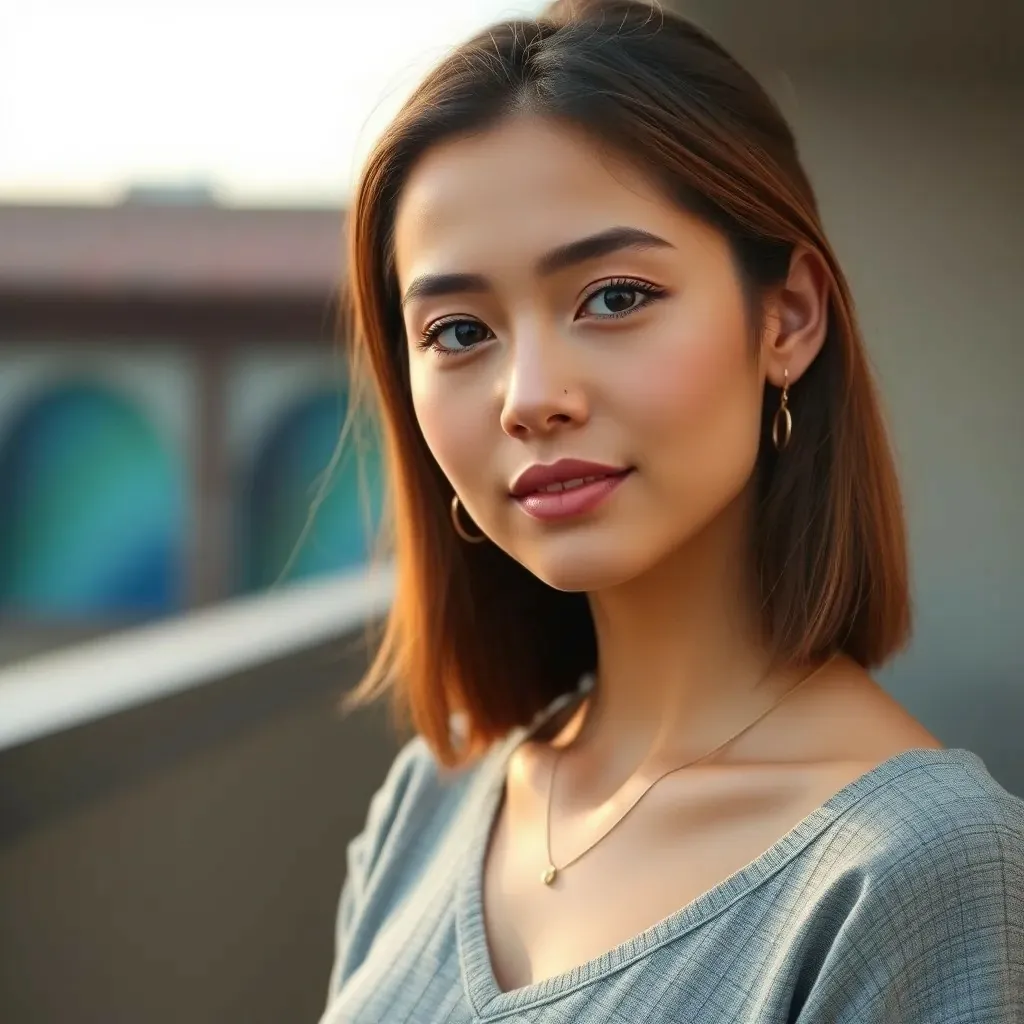Table of Contents
ToggleIn the vibrant world of entertainment, concept art design is the unsung hero that brings wild ideas to life. Imagine a universe where dragons soar and alien landscapes stretch beyond the horizon. That’s the magic of concept art—it transforms mere thoughts into visual masterpieces. Whether it’s for video games, movies, or animations, these artistic blueprints set the stage for creativity to flourish.
Overview of Concept Art Design
Concept art design serves as a pivotal element in the entertainment industry. It shapes the visual direction of projects like video games and films, translating abstract ideas into tangible visuals. Artists produce sketches, illustrations, and digital paintings that capture the essence of characters, environments, and objects. Each piece acts as a blueprint, guiding the creative process and informing other departments.
The creation of concept art begins with brainstorming sessions among creators, writers, and designers. Collaborative discussions often lead to the generation of mood boards, which help establish a visual language. Once ideas solidify, concept artists develop various iterations, adjusting details to align with the project’s vision.
Employers seek out specific skills in concept artists. Proficiency in software like Adobe Photoshop and experience in 3D modeling tools are highly valued. Strong foundational knowledge in anatomy, perspective, and color theory enhances an artist’s ability to create compelling visuals. Opportunities exist across industries, from gaming studios to animation companies.
Feedback from team members and clients frequently drives the refinement of concept art. Iterative processes enable artists to evolve their designs based on critiques and new ideas. Concept art ultimately lays the groundwork for production, reducing the risk of miscommunication and ensuring everyone shares a cohesive vision.
Investing in quality concept art generates long-term benefits. Strong visual representations can elevate storytelling, engaging audiences more effectively. Creative teams prioritize concept art not only for its aesthetic value but also for its role in streamlining workflows. The effectiveness of concept art design directly influences the overall success of a project, making it an indispensable component in the development process.
Importance of Concept Art Design
Concept art design stands as a pivotal element in the creative industries. It lays the groundwork for visual storytelling, enabling projects to flourish.
Pre-Production Role
The pre-production phase relies heavily on concept art design for clarity and direction. This early stage establishes a visual foundation for projects. Designers use sketches and digital images to explore various ideas. Teams refine concepts through iterative feedback, ensuring alignment with core objectives. Clear visual references emerge, creating a shared understanding among creators. Effective concept art also aids in budget estimation and resource allocation. It allows for informed discussions regarding design and production choices.
Visual Storytelling
Visual storytelling hinges on the ability to translate concepts into compelling imagery. Concept art serves as a narrative tool that evokes emotions and shapes audience perceptions. By illustrating characters, environments, and key scenes, artists create a rich tapestry of visuals. Strong imagery engages viewers, drawing them into the story’s world. Artists prioritize elements that enhance character motivations and plot dynamics. Each visual component contributes to a cohesive tale, providing context and depth. Effective concept art fuels creativity, influencing not just aesthetics, but also the overall impact on audiences.
Key Elements of Concept Art Design
Concept art design hinges on several key elements that contribute to its effectiveness in visual storytelling. These elements include color theory, composition techniques, and character and environment design.
Color Theory
Color theory plays a vital role in concept art design by influencing mood and atmosphere. Artists utilize color palettes to establish emotional connections, using warm colors to evoke energy and cool colors for calmness. Contrasting colors create visual interest and highlight essential elements within a scene. By applying color harmony, artists ensure that multiple elements coexist cohesively, enhancing the overall visual impact. One must also consider cultural meanings and associations tied to specific colors, as they can affect audience perception significantly.
Composition Techniques
Effective composition techniques guide the viewer’s eye and enhance storytelling in concept art. Utilizing the rule of thirds, artists place focal points strategically to draw attention and create balance. Leading lines direct viewers along a path, allowing them to explore the artwork dynamically. Depth is achieved through layering elements and implementing foreground, middle ground, and background. Artists also employ negative space to emphasize primary subjects, ensuring clarity and focus in their designs. Each composition choice significantly affects how the narrative unfolds visually.
Character and Environment Design
Character and environment design serves as the backbone of concept art, shaping the essence of narratives. Characters require unique traits that reflect personalities, impressive silhouettes, and intricate details that engage viewers. Environment design needs to complement characters, creating immersive worlds that enhance storytelling. Key elements include architectural styles, natural landscapes, and atmospheric conditions, which establish the setting’s tone. Artists also consider interactions between characters and environments, ensuring cohesion and depth in the visual narrative. Together, these aspects craft a rich, engaging universe that captivates audiences.
Tools and Software for Concept Art Design
Concept art design relies on various tools and software that cater to different artistic preferences and needs. Artists can choose between traditional mediums and digital applications to express their creativity effectively.
Traditional vs. Digital Tools
Traditional tools like pencils, inks, and paints foster a tactile experience for artists. Many concept artists still prefer using sketchbooks for initial ideas. Digital tools, on the other hand, offer flexibility, allowing for quick adjustments and layers. Tablets and styluses, such as Wacom or iPad Pro, have become essential for many in the digital art community. Each method has unique advantages, so artists often blend both traditional and digital approaches to enhance their creative process.
Popular Software Options
Popular software for concept art includes Adobe Photoshop, Corel Painter, and Procreate, known for their user-friendly interfaces. Photoshop stands out for its robust features, including a vast array of brushes and powerful editing capabilities. Corel Painter simulates traditional painting techniques, making it ideal for artists favoring classical styles. Procreate offers intuitive tools tailored for iPads, making it a favorite among mobile artists. These software options empower artists to realize their visions effectively.
Concept art design stands as a pivotal element in the creative process across various entertainment mediums. Its ability to translate ideas into compelling visuals not only fosters creativity but also enhances storytelling. By establishing a visual foundation through sketches and digital illustrations, concept artists play a vital role in shaping narratives and engaging audiences.
The integration of color theory and composition techniques further elevates the effectiveness of concept art, creating emotional connections and guiding viewers through the story. As technology evolves, the balance between traditional and digital tools continues to empower artists, allowing them to refine their craft and realize their visions.
Ultimately, investing in quality concept art is essential for any project aiming for success. It streamlines workflows and enriches the overall experience, making it an indispensable part of the artistic journey.





